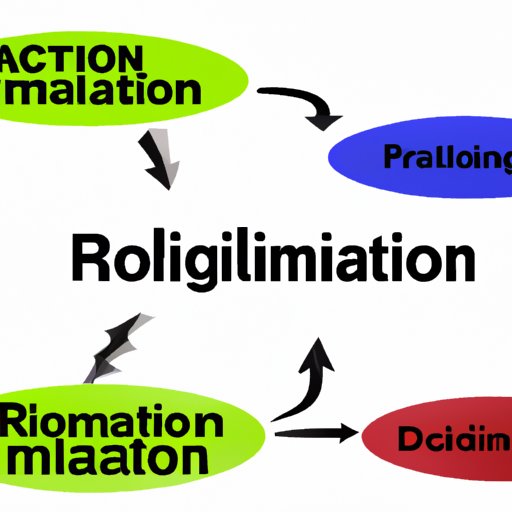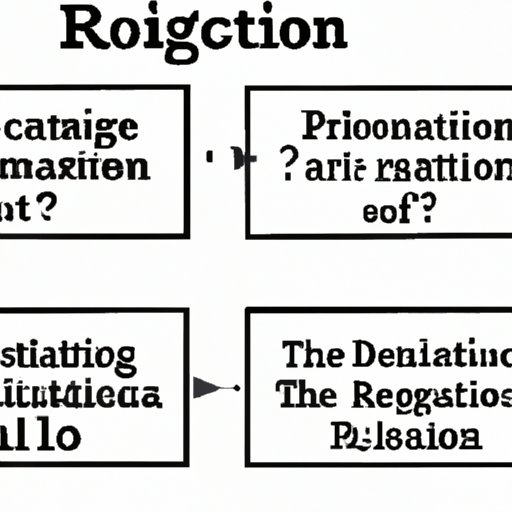Introduction
Rational decision making is a process used to identify the best possible solution to a problem. It involves gathering relevant information, analyzing it, and using it to make an informed decision. Rational decision making is based on logic and facts rather than emotions or intuition. The goal is to ensure that the most favorable outcome is achieved.
Definition and Overview of Rational Decision Making
Rational decision making is based on the idea that people will make decisions that are in their own best interests. It is a systematic process for evaluating alternatives and selecting the best one. The process includes identifying the problem, gathering relevant data, analyzing the data, formulating solutions, considering the consequences, and choosing the best option.
The process of rational decision making typically follows a logical sequence: define the problem, identify the available options, evaluate the options, select the best option, implement the chosen option, and monitor the results. Each step should be carefully considered to ensure that the most favorable outcome is achieved.

Types of Rational Decision Making
There are three types of rational decision making: maximization, satisficing, and regret minimization.
Maximization
Maximization is the process of maximizing the benefits and minimizing the costs associated with a decision. It involves considering all the available options and selecting the one that yields the highest benefit. This type of decision making requires a thorough understanding of the available options and their potential outcomes.
Satisficing
Satisficing is a decision-making process in which a satisfactory solution is sought rather than an optimal one. This type of decision making involves choosing an option that meets the criteria for success but does not necessarily maximize the benefits. Satisficing is often used when time or resources are limited.
Regret Minimization
Regret minimization is a decision-making process that seeks to minimize the possibility of regretting a decision. This type of decision making involves choosing an option that has a low likelihood of causing regret in the future. It also involves considering the potential risks and rewards associated with each option before making a decision.

Pros and Cons of Rational Decision Making
Rational decision making has both advantages and disadvantages. The following are some of the pros and cons of rational decision making.
Pros
One of the main advantages of rational decision making is that it helps to ensure that decisions are made based on facts and logic rather than emotions or intuition. Additionally, it allows for a thorough evaluation of the available options, which increases the chances of making the right decision. Finally, it can help reduce the risk of making decisions that are not in the best interests of the organization or individual.
Cons
One of the main drawbacks of rational decision making is that it can be time-consuming and difficult to complete. Additionally, it may not take into account external factors, such as the opinions of stakeholders, which can affect the outcome of a decision. Finally, it can lead to “analysis paralysis” where too much time is spent analyzing options and not enough time is spent actually making a decision.

Examples of Rational Decision Making in Action
Rational decision making is used in many different contexts. Here are three examples of how it can be used.
Example 1
A company needs to decide which software platform to use for its customer relationship management (CRM) system. The company evaluates the available platforms and considers the cost, features, scalability, and user experience. After careful consideration, the company chooses the platform that provides the most value for its money.
Example 2
A student needs to decide which college to attend. The student researches the various universities and evaluates the cost of tuition, the quality of the programs, the availability of financial aid, and the location. After careful consideration, the student decides which college best meets their needs.
Example 3
A manager needs to decide which candidate to hire for an open position. The manager reviews the resumes and evaluates the skills, experience, and qualifications of the candidates. After careful consideration, the manager selects the candidate who is best suited for the job.
Conclusion
Rational decision making is a process used to identify the best possible solution to a problem. It involves gathering relevant information, analyzing it, and using it to make an informed decision. There are three types of rational decision making: maximization, satisficing, and regret minimization. While there are advantages and disadvantages to rational decision making, it is still a valuable tool for making decisions. Examples of rational decision making can be seen in many different contexts, from choosing a software platform to hiring a new employee.
(Note: Is this article not meeting your expectations? Do you have knowledge or insights to share? Unlock new opportunities and expand your reach by joining our authors team. Click Registration to join us and share your expertise with our readers.)
